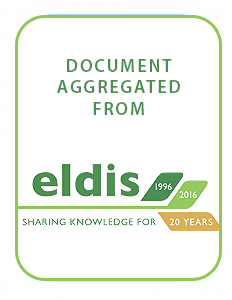Improving water resource management in Bangladesh
The management of water resources has become a critical need in Bangladesh because of growing demand for water and increasing conflict over its alternative uses.As populations expand and make various uses of water, its growing scarcity becomes a serious issue in developing countries such as Bangladesh. Water can no longer be considered a totally free resource, and plans must be developed for its efficient use through better management and rules that preserve everybody's access to it and interest in its development.




